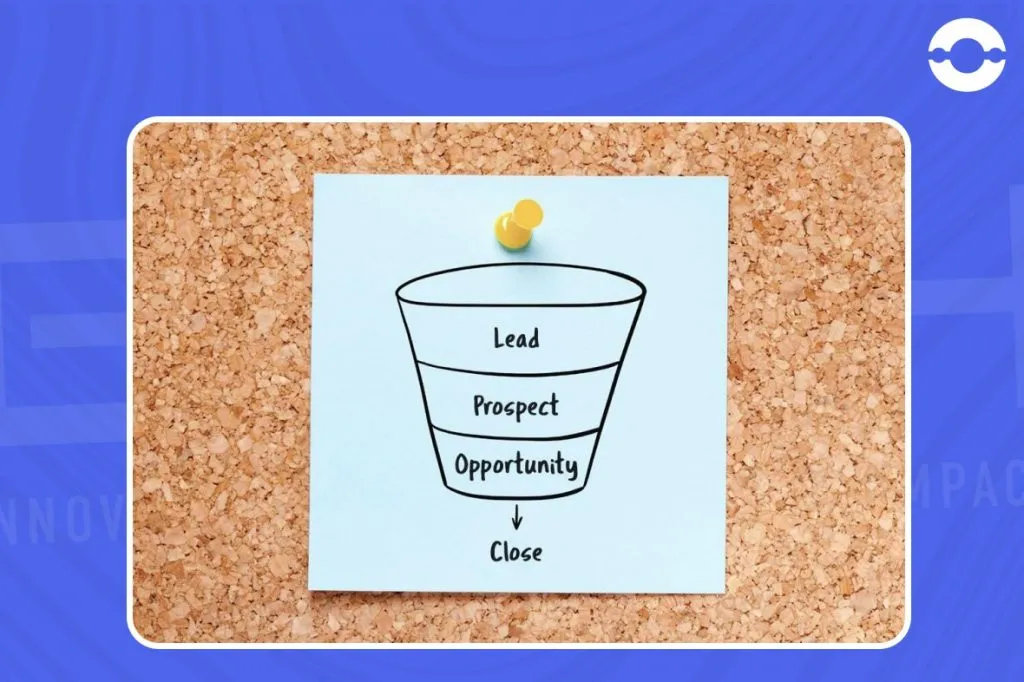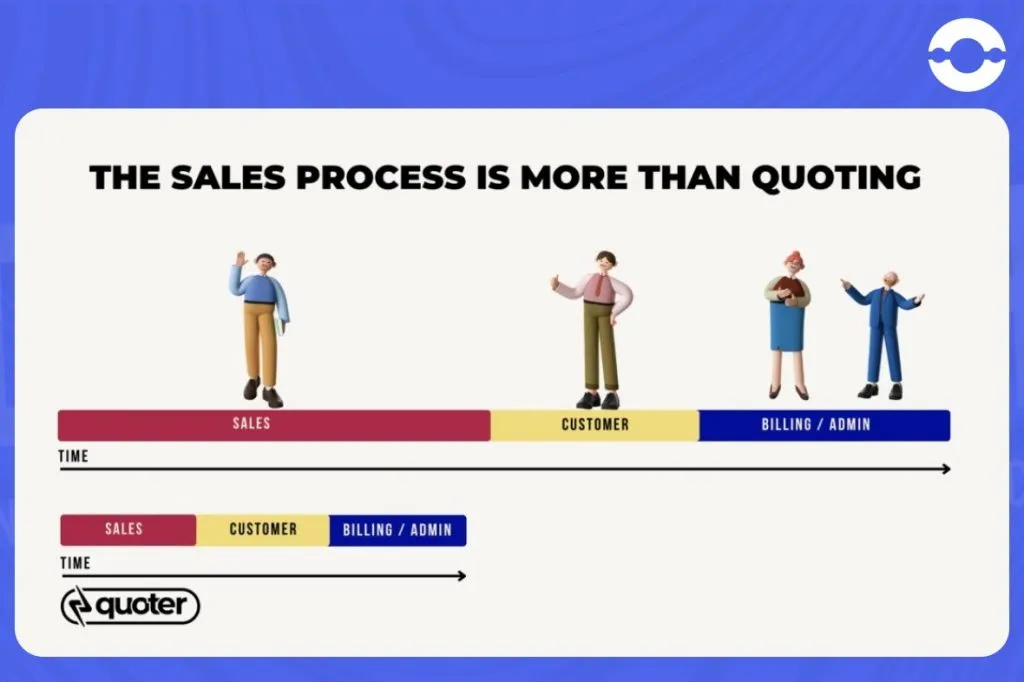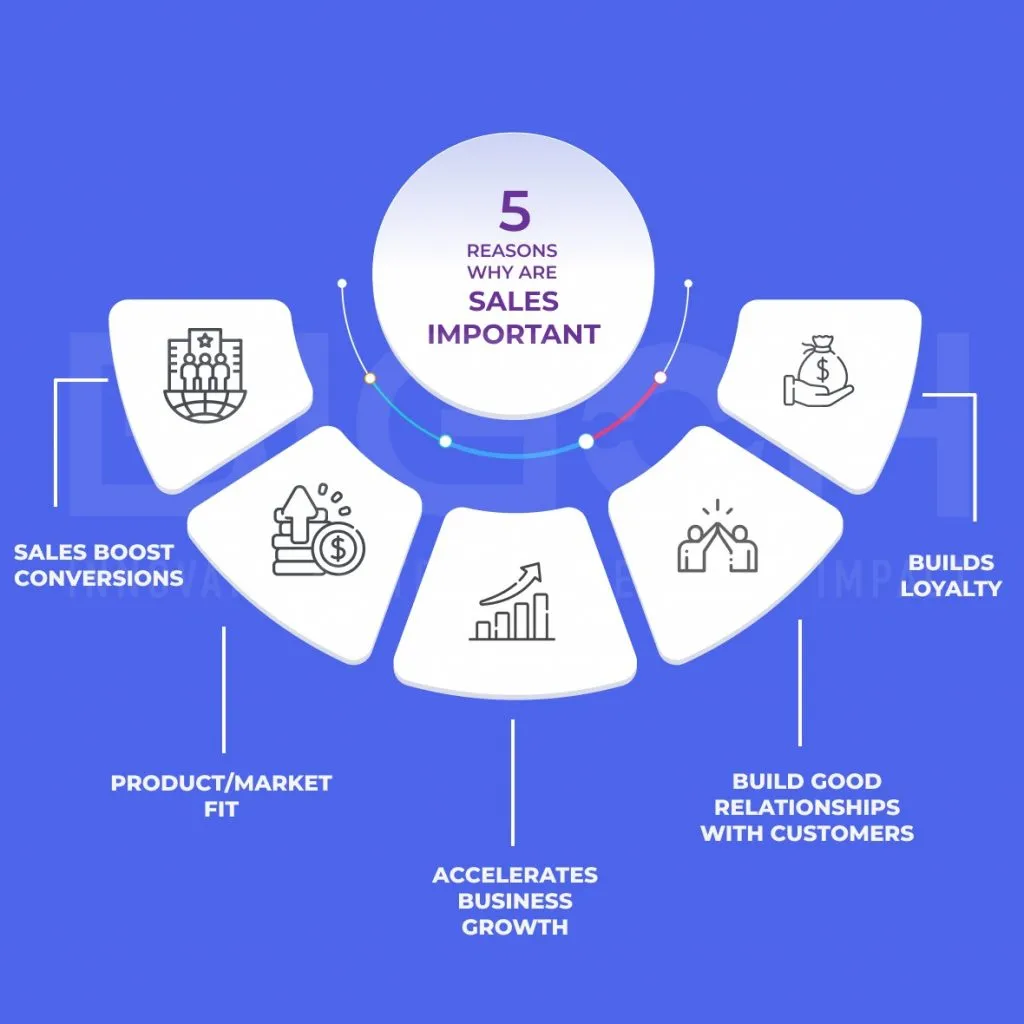
An organization works seamlessly when all the departments are in sync. If other departments are considered cost centers for business, then the sales department is the source of revenue generation.
Do you know organizations put a lot of effort into finding prospects, building long-term relationships with them, pitching the right products to them, and convincing them to choose products from you.?
All the activities lead businesses towards accomplishing a single business objective called profit. Earning profits is possible through increasing sales.
Hence, the sale is important for businesses without which the organization cannot survive. In this blog, we will delve deeper to make you understand what a sale is, the importance of sales, and a quick walkthrough of the sales process.

What is a Sale?

Sales primarily involve persuading the potential buyer to consider buying your product or service. As Henry Ford rightly said, “Nothing happens until and unless someone sells something.”
Therefore, Sales are regarded as the backbone of every industry, and salespeople are considered the lifeblood of organizations.
Organizations have dedicated sales departments who know what kind of products they are selling, who is the target customer for that product, etc.
Sales generally occur when an organization has sold its product to a customer who showed interest in the particular product or service.
Research says organizations spend around 1 trillion dollars on hiring salesforces”. Inbound report from HubSpot says salespeople get approximately 28% of leads from doing marketing”. Though terms like sales and marketing are used interchangeably, these are the 2 sides of the same coin.
Sales dominate every industry because it serves as an interface between customer needs and organizational products. Startups and big brands are searching for sales professionals who can find qualified leads who have the budget to buy company products or services.
Different types of sales happen in an organization. These include B2B sales, B2C sales, inside sales, outside sales, agency sales, consultative sales, etc.
What is The Importance of Sales

1. Sales Boost Conversions
Organizations have dedicated sales professionals who are responsible for selling products to the right set of audiences. The sales department deals with those customers who have some sort of awareness about the products.
As salespersons are in constant touch with customers, they help organizations generate a good amount of revenue.
2. Product/Market Fit
Businesses can experience increased sales when there is the right balance between product fit and market fit. A business cannot make sales when the wrong product is targeted to the customer or when businesses are using the wrong sales strategy to market their products. Therefore, sales happen when you find the best product/market fit.
3. Accelerates Business Growth
A business’s growth depends on the sales department’s success. Though a business has a large empire and great products; an enterprise becomes successful when most customers consider buying its products.
An increase in sales not only increases the size of the venture but also makes the business more profitable.
4. Build Good Relationships With Customers
The best salespeople in an organization are not only responsible for getting qualified leads, but they are the ones who add value to the life of employees and customers. Best salespeople know how to make their customer’s life happy.
The targets of salespeople become accomplished when their customers are happy.
5. Builds Loyalty
Customers can recognize your brand and prefer to buy products from you if you have good sales. An efficient sales team uses various strategies to win the customer’s trust, which in turn builds customer loyalty.
Read also- Best IT Business Analysis Consulting Company
Sales Process
The sales process involves 7 stages –
1. Prospect
The number 1 step in the sales process is finding your dream client. Here, the focus of business should be to identify the potential candidate. Most business owners ignore the 80/20 rule which is often called as Pareto principle. But when it comes to sales, 80% of revenue is generated from 20% of prospects. Therefore, if you want to find qualified prospects, you need to identify the top 20% of customers who have enough money to pay 80% of your prospects.
How can you identify prospects to walk through the entire sales funnel?
Research says,” Around 50 percent of time gets wasted on finding unproductive prospects”. Narrow down your research to identify the right prospects. You can do this through various methods –
a. Create buyer personas and understand ideal customer profiles. By referring to the database of your previous customers, you can get clarity as to who your target customers are. Therefore, you need not worry about wasting your entire time with all leads.
b. Another way to find qualified leads is to use various online and offline tools for finding the right prospects. Examples of online tools are when you can do online research on social media platforms such as LinkedIn, Quora, etc.
Examples of offline tools could include attending trade events and conferences or conducting cold calls helps the salesperson to figure out the right target customer.
c. Another way to qualify your prospects is to use sales techniques such as BANT and MEDDIC. These sales methodologies are best at identifying whether the lead is qualified or not.
These techniques are great at knowing whether the salespeople are selling products to the right target prospects or not.
2. Preparation
The next step in the sales process is doing overall research, where the salesperson will collect relevant information about your prospect. Keep a piece of information ready with you, and do some background research to familiarize yourself with the customer needs before heading over the sales call.
Hence, the preparation stage is all about understanding your client’s problems and mapping those problems by coming up with solutions that could satisfy the needs of clients.
3. Approach
In this stage, you will interact with the buyer. You can either connect with the prospect over the phone call, or you can do face to face meet-up. Here, the salesperson can use SPIN methodology (a situation, problem, implication, need payoff) to ask questions from the prospects during the sales call.
Sales reps can adopt a SPIN approach to identify customers’ challenges so they can come up with offering best products that can overcome their problems. The SPIN approach means the salesperson should put emphasis on selling the problem not selling the product. When the customer’s problem is solved, the product gets sold off automatically.
4. Presentation
After you identify the customer needs, you can create a catchy presentation that could more or less act like a sales pitch. However, don’t become too salty. Your objective is to solve the customer’s problems first and sell the product later.
When it comes to preparing your sales pitch, it’s better to create a presentation using Canva customizable sales presentation templates. HubSpot says,” A good sales demo or presentation can make a difference between closing a deal and losing the prospect.”
For example – The sales team can make one-on-one conversations with their customers allowing them to schedule a meeting using the Calendly tool to solve their problems.
Therefore, presentations are great at adding value to the life of customers.
5. Handling Client Objections
Brian Tracy said, “Treat your customers’ objections as requests for further information”. The best salespeople have the caliber to handle clients’ objections.
According to Forbes,” selling a product/service is never considered a smooth process. If your business is taking one step ahead to handle the objections of customers, then your business can truly stand out from the crowd.
As selling is all about solving customer problems so it becomes an important area for a salesperson to look into that aspect. For example – If the sales team is unable to handle customer objections in one go, then inform your product development team or senior manager to deal with the customers.
6. Close the Deal
After you handle the client’s objections, it’s high time for you to close the deal and convince your prospect to sign a contract.
Here, the salesperson will do the following things: create a proposal, sign the contract, and close the deal when both parties agree with the pricing terms. Once the deal is closed, login to your CRM to celebrate happy conversions with your teammates.
7. Follow Up
Don’t think your deal is closed once a prospect is converted into a customer. As a salesperson, your job is to build relationships with customers so that those existing customers become repeat customers. Even if the prospect is not interested in you, consider taking the initiative to remind the customer as and when you get the opportunity to do so.
For Instance – You can send regular monthly newsletters to your customers or share festival greetings with them. The next time they think of buying the product, then your brand comes up in their head.
Not only this, make sure to remind your dead leads after 3 days, 30 days, and 90 days so that you get in touch with them and present your offer at the right time when they need it.
Wrapping Up
Now you might get a clear idea of why sales is important for your business and why organizations spend a major chunk of their time on sales and marketing activities. So, if you are investing in products without creating an effective sales strategy, you are on the wrong track.
A business becomes successful when it has the right product set backed by the right sales team.
FAQs
Q1. What is the impact of sales on a business or organization’s brand and reputation?
A business making a good amount of revenue can build goodwill. It becomes easy for the enterprise to convince customers and sell its products. Also, when customers are aware of a particular brand, they will likely pay premium charges for the product.
Q2. What is a sales funnel?
A sales funnel shows the customer journey from initial awareness of the product/service to paying customers. It has different stages listed below:-
- Awareness
- Interest
- Consideration
- Intent
- Evaluation and Decision
- Purchase
- Post-Purchase
Q3. What are the different types of sales?
There are several types of sales, here we will share the most common sales types:
- Business to Business(B2B) Sales
- Business to Consumer (B2C) Sales
- Direct Sales
- Retail Sales
- Online Sales
- Transactional Sales
- Cross-selling and upselling
- Inside and Outside sales
Q4. Why are sales a crucial part of a business or organization’s success?
Let’s cover some reasons behind the importance of sales in an organization –
1. Sales boost conversions
2. It accelerates business growth
3. It helps in building fruitful relationships with customers
4. It develops customer loyalty
Q5. What role does technology play in modern sales practices?
1. Sales processes can be simplified by leveraging CRM tools
2. Technology in the sales process simplifies your communication with the prospects
3. CRM can prove to be an effective way of reminding customers about the latest offers and deals
4. Salespersons can use scheduling tools to schedule meetings with prospects
Q6. What is the role of sales in building and managing customer relationships?
Salespersons are known for building long-lasting relationships with customers. It is a known fact that people never buy for a logical reason; instead, they make emotional purchases.
Q7. What are the key components of a successful sales strategy?
1. Decide the sales goals.
2. Keep your budget handy. If you need to win customers’ trust, you need to invest in hiring salespeople and sales software.
3. Create an Ideal customer profile.
4. Create a marketing strategy.
5. Take the right action.




